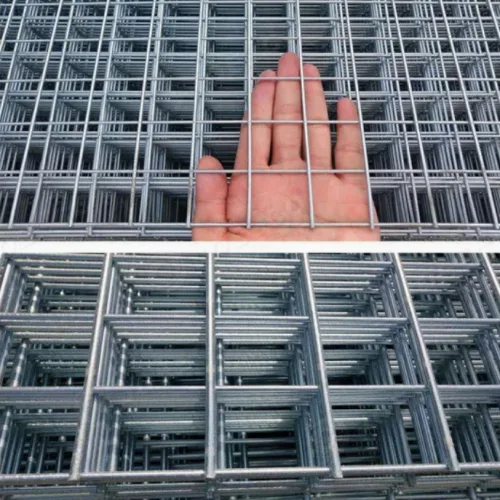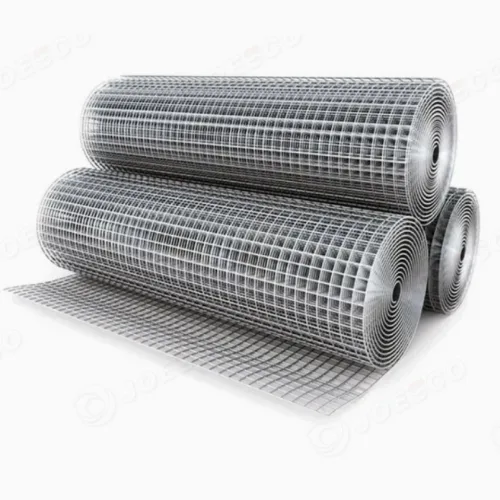Hesco Barrier, a foldable type of barrier crafted from wire mesh and typically filled with substances such as sand or soil, finds extensive application in various fields including military, flood control, and construction. Here’s a comparison of data regarding different sizes of Hesco Barrier in practical scenarios:
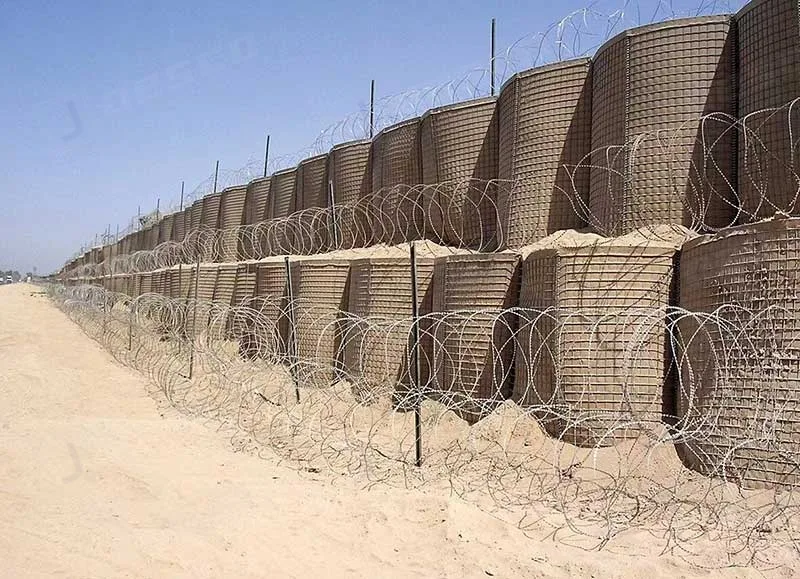 Hesco-Barrier-Dimensions-&-Sizes
Hesco-Barrier-Dimensions-&-Sizes
Military Defense
Dimensions: In the context of military defense, the Hesco Barrier commonly employed might have a length of approximately 3 meters, a height ranging from 1.2 to 1.5 meters, and a width spanning from 0.5 to 0.8 meters.
Comparison of Application Data: When it comes to the perimeter defense of military bases, assume the enemy launches an attack using ordinary light weapons. Barriers with a length of 3 meters can be linked together to create a lengthy defense line, effectively thwarting the penetration of bullets and shrapnel. A height of 1.2 meters can offer fundamental cover to soldiers, enabling them to observe and counterattack from behind the barrier while minimizing the risk of being hit. If the height of the barrier is elevated to 1.5 meters, in the face of some higher enemy attack positions, it can furnish more comprehensive protection. The protected area for soldiers can be expanded by roughly 20%, and the likelihood of being struck by stray bullets can be diminished by approximately 30%. In terms of width, compared to a barrier with a width of 0.5 meters, a barrier with a width of 0.8 meters can more effectively disperse the force when subjected to an explosion impact, and its own structural stability is higher. The probability of it being blown up or washed away is reduced by around 40%.
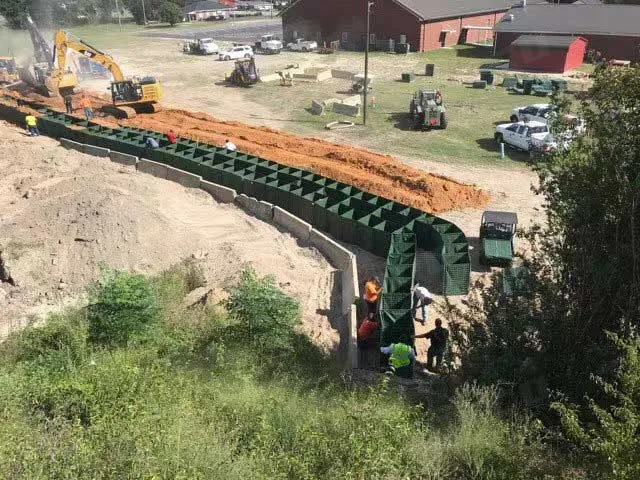
Flood Control Projects
Dimensions: When utilized for flood control, the length of the Hesco Barrier generally falls between 2 and 5 meters, the height is within the range of 1.5 to 2.5 meters, and the width is between 0.8 and 1.2 meters.
Comparison of Application Data: In flood control projects along riverbanks, a barrier with a length of 2 meters is convenient for flexible arrangement in some narrow river sections or local areas that require reinforcement. A barrier with a length of 5 meters is more suitable for rapidly constructing a continuous defense line on a wide riverbank. For instance, to withstand a certain flow of flood, a barrier with a height of 1.5 meters can resist a flood with a water level rise of approximately 1.2 meters. If the flood flow further intensifies and the water level rises above 1.5 meters, a barrier with a height of 2.5 meters can play a more effective role, intercepting about 1 meter more flood, thereby reducing the area flooded behind by approximately 50%. From the width perspective, a barrier with a width of 0.8 meters can maintain stability under normal flood impact. However, when the flood impact force is substantial, a barrier with a width of 1.2 meters, due to having more filled materials, possesses a stronger anti-scouring ability. The risk of the barrier being washed away is reduced by about 60%, effectively safeguarding the towns and farmlands located behind.
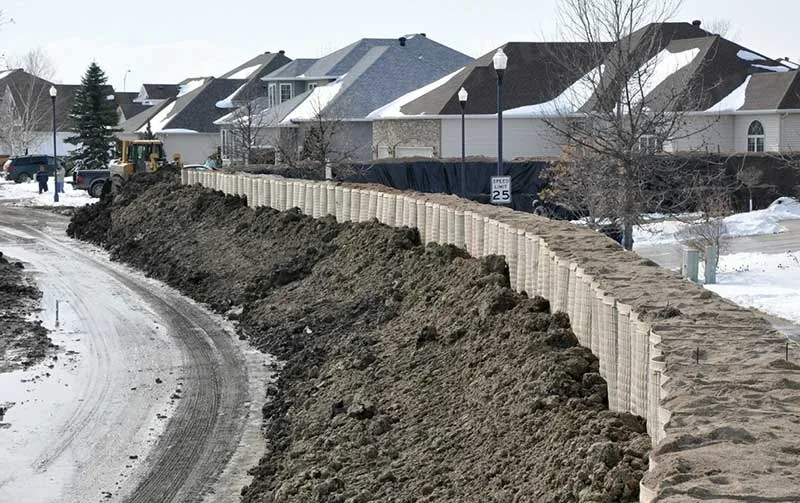
Construction Site Enclosures
Dimensions: On construction sites, the typical dimensions of the Hesco Barrier are a length of 2 to 3 meters, a height of 1.8 to 2 meters, and a width of 0.5 to 0.6 meters.
Comparison of Application Data: For ordinary urban construction sites, a barrier with a length of 2 meters can be conveniently arranged around the building perimeter to form a tidy enclosure. A height of 1.8 meters can essentially meet the requirement of blocking the outward spread of construction dust and debris, reducing the dust concentration within 50 meters around the construction site by about 40%. When construction sites are close to residential areas or in locations with high environmental standards, boosting the barrier’s height to 2 meters can significantly shrink the dust diffusion area. This leads to a reduction in dust concentration within a 50-meter radius by roughly 50% to 60%. Regarding the width, a 0.5-meter-wide barrier is handy for transportation and installation, making it ideal for tight spaces. On the other hand, a 0.6-meter-wide barrier offers greater stability. In windy conditions, the chance of this wider barrier being toppled is approximately 30% less than that of the narrower one. This enhanced stability helps keep the enclosure intact, thereby reducing the negative effects on pedestrians and the surrounding environment to a minimum.


